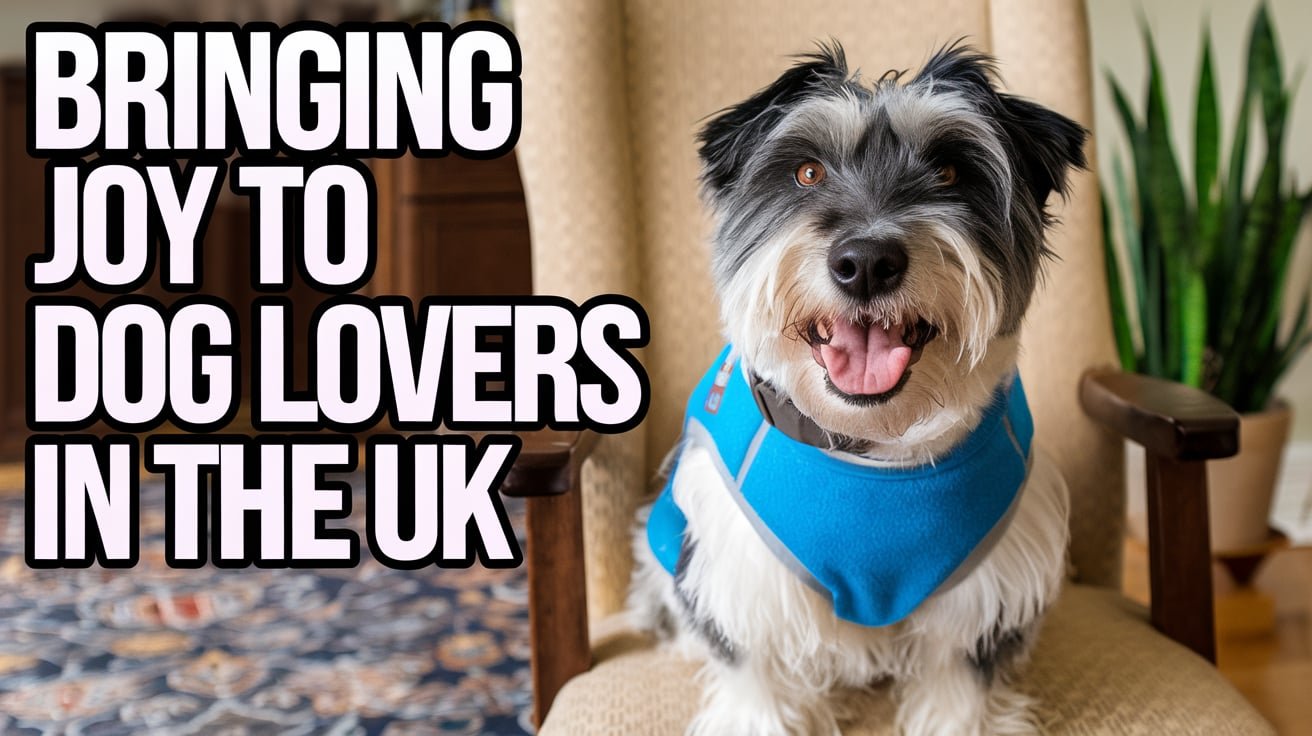Introduction To Preparing your dog for a move
Preparing your dog for a move? Moving can be a stressful time, not just for humans but for our furry friends too. Dogs, by nature, thrive on routine and familiar surroundings, so a big move can shake up their world. However, with a bit of planning and preparation, you can help your dog adjust to the transition smoothly. In this article, we’ll provide a step-by-step guide on how to prepare your dog for a move within the UK, covering everything from packing tips to adjusting to a new home.
Why Moving is Stressful for Dogs
Dogs rely on their environment and routines for comfort. Moving disrupts their sense of security, leading to anxiety and confusion. Your dog may notice the packing, strangers coming in and out, or items disappearing from the home, which can make them uneasy.
But don’t worry! By following a few steps, you can help ease the transition and ensure your dog feels comfortable and safe. Here’s how.
Steps For Preparing your dog for a move
Step 1: Prepare in Advance
Preparation is key when moving with a dog. Starting early will help both you and your dog adjust more smoothly.
Create a Moving Checklist for Your Dog
A checklist can help you stay organized. Here’s a simple one to get you started:
- Update your dog’s microchip and ID tag with the new address.
- Visit the vet for a check-up and get any necessary health records.
- Gather all your dog’s essentials, including their favorite toys, bed, and food.
- Research pet-friendly accommodations if you’re moving far.
- Plan how you’ll transport your dog on moving day.
Visit the New Location, If Possible
If your new home is nearby, consider taking your dog there for a preview visit. Allow them to sniff around and become familiar with the new environment.
Step 2: Packing with Your Dog in Mind
Packing can be one of the most unsettling aspects for a dog because they see their surroundings changing. Here are some ways to keep them calm:
- Start packing gradually: Sudden changes can be alarming for dogs. Begin by packing non-essential items weeks in advance, so your dog has time to adjust.
- Set up a quiet space: Designate a room or area where your dog can retreat during the packing chaos. This can be their safe zone.
- Stick to your routine: Keep their feeding, walking, and playtime schedules as normal as possible.
Step 3: Moving Day Strategies
Moving day can be chaotic, but with a bit of planning, you can make it easier on your dog.
Arrange a Pet Sitter or Boarding
Having someone look after your dog can reduce stress. Ask a friend, family member, or pet sitter to watch them on moving day, or consider boarding them for the day.
Keep Their Essentials Handy
Pack a bag with your dog’s essentials, such as food, water, bowls, a leash, and a few toys. This ensures that you won’t be scrambling to find their items when you arrive at your new place.
Step 4: Helping Your Dog Adjust to the New Home
Once you’ve arrived at your new home, there are a few steps you can take to make the adjustment period smoother.
Set Up a Familiar Space
Create a space that feels like home by setting up your dog’s bed, food and water bowls, and toys in a quiet area. Familiar items can help them feel more comfortable.
Maintain Their Routine
Dogs love routines, so do your best to stick to their usual schedule. Feeding, walking, and playing at the same times as before will help them feel more settled in the new environment.
Introduce the New Environment Gradually
Give your dog time to explore the new space at their own pace. Start with one room and gradually allow them to explore other areas.
Step 5: Addressing Moving Anxiety
Some dogs may feel more anxious than others. If your dog shows signs of stress, like excessive barking, pacing, or destructive behavior, here are some strategies to help:
- Use calming aids: Many dogs respond well to pheromone diffusers or calming supplements. Consult your vet for safe options.
- Provide extra playtime and exercise: Physical activity can relieve stress and burn off nervous energy.
- Stay calm and reassuring: Dogs can pick up on your emotions. If you stay calm, it’ll help them feel more at ease too.
Step 6: Settling Into Your New Neighborhood
Once you’re all settled in, take some time to explore the new area with your dog. Introduce them to the local dog parks, find nearby pet shops, and get to know your new neighbors.
- Locate nearby vets: Find a new vet if you’ve moved to a different area.
- Find local dog parks or walking trails to explore together.
- Socialize with other dog owners and their pets to make your dog feel more at home.
Final Thoughts on Preparing your dog for a move
Moving is a big change, but with a bit of effort and patience, you can help your dog feel comfortable and secure. By following these steps, you’ll make the transition smoother for both of you. Remember to take things at your dog’s pace and offer them plenty of love and reassurance.



